The days when diesel cars were slow, noisy, and smelled bad are mostly behind us. They’re still great for covering long distances, but now diesel engines are smoother and more polished than ever.
Even though petrol engines, hybrids, and electric cars have become very efficient, diesel cars are still the best choice for long trips where saving fuel is very important. Diesel cars usually use less fuel than other types, especially on the motorway. This means fewer stops at service stations and spending less money on fuel.
Diesel cars are especially good at carrying heavy loads, like when pulling a trailer. The same features that make diesels good for towing can also make them surprisingly fast.
One reason for this is that diesel engines produce a lot of power at low engine speeds. Turbochargers help diesels use fuel more efficiently and also boost power. A petrol car might have a higher top speed, but a diesel car will often get up to motorway speed quicker than a petrol one.
Also Read: 10 Trustworthy Japanese Cars and 5 That Let Drivers Down
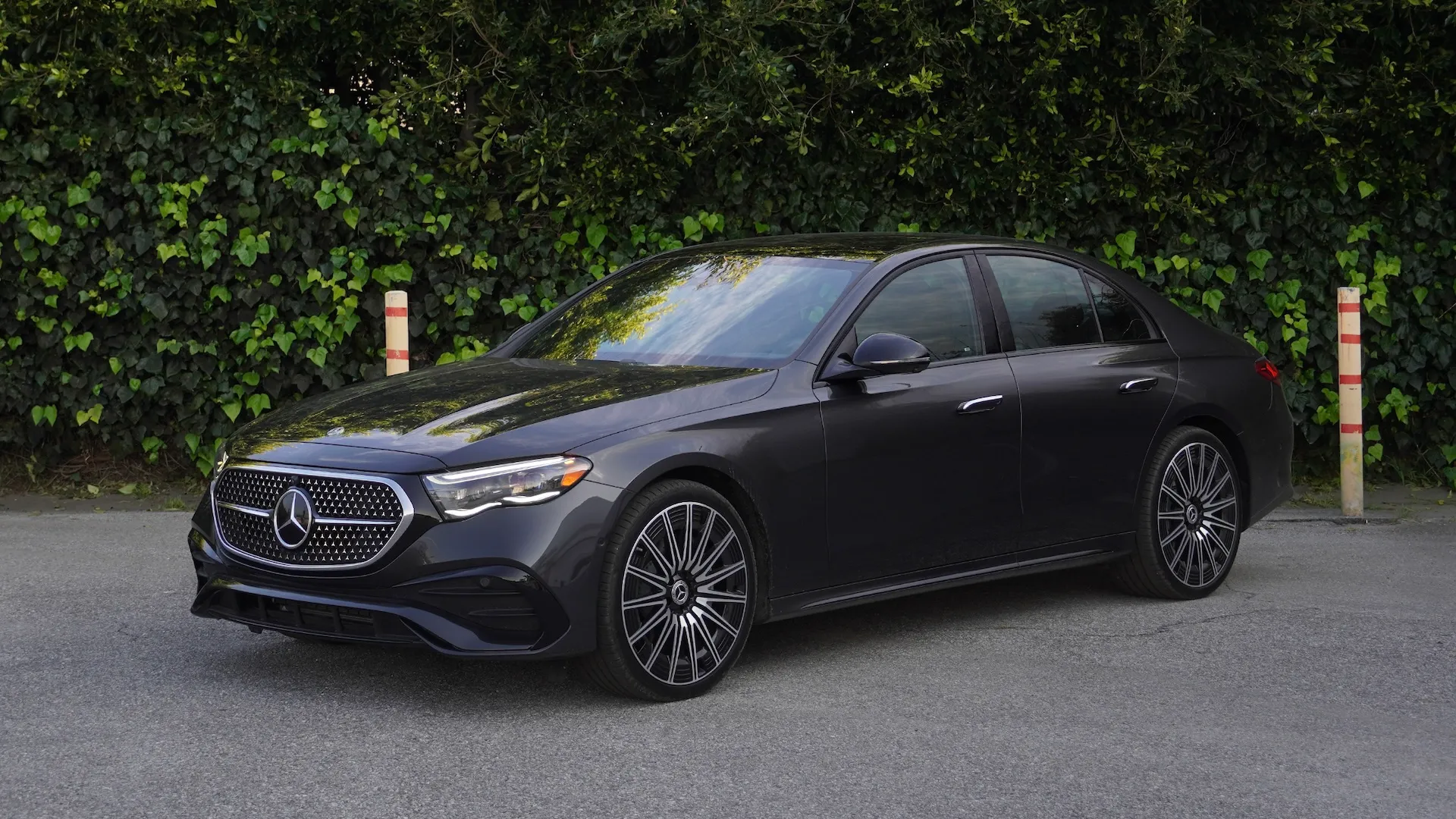
Mercedes E-Class
Mercedes has supported big, fast diesel engines for a long time, and the newest E 450 d is now the fastest diesel car you can buy in the UK.
Mercedes has been doing this since the 1990s, with the E 320 CDI – the top diesel model back then, which could do 0-62mph in 8.3 seconds. That was nearly as fast as the petrol-powered E 320 at the time.
Technology has come a long way since then, and the latest top diesel E-Class is far quicker than its old version. The E 450 d has a 3.0-litre inline-six engine with 367hp and 750Nm of torque. It can go from 0 to 62mph in just 4.8 seconds and reach a top speed of 155mph.
The E 450 d also has a mild-hybrid system that gives it an extra 23hp. These are very strong numbers, and it’s faster than any petrol-powered E-Class that isn’t part of the AMG line.
The E 450 d can get up to 47.1 mpg, and careful drivers could stretch a full tank to 683 miles. However, this performance doesn’t come cheap – the 450 d starts at just under £90,000.
That doesn’t mean it’s not worth the money though. It’s a very comfortable car with a lot of settings to adjust, lots of room inside, and a really smooth ride – especially if you go for the optional adaptive suspension, which is highly recommended. Long trips are very easy in this car, with hardly any noise from the engine or wind.
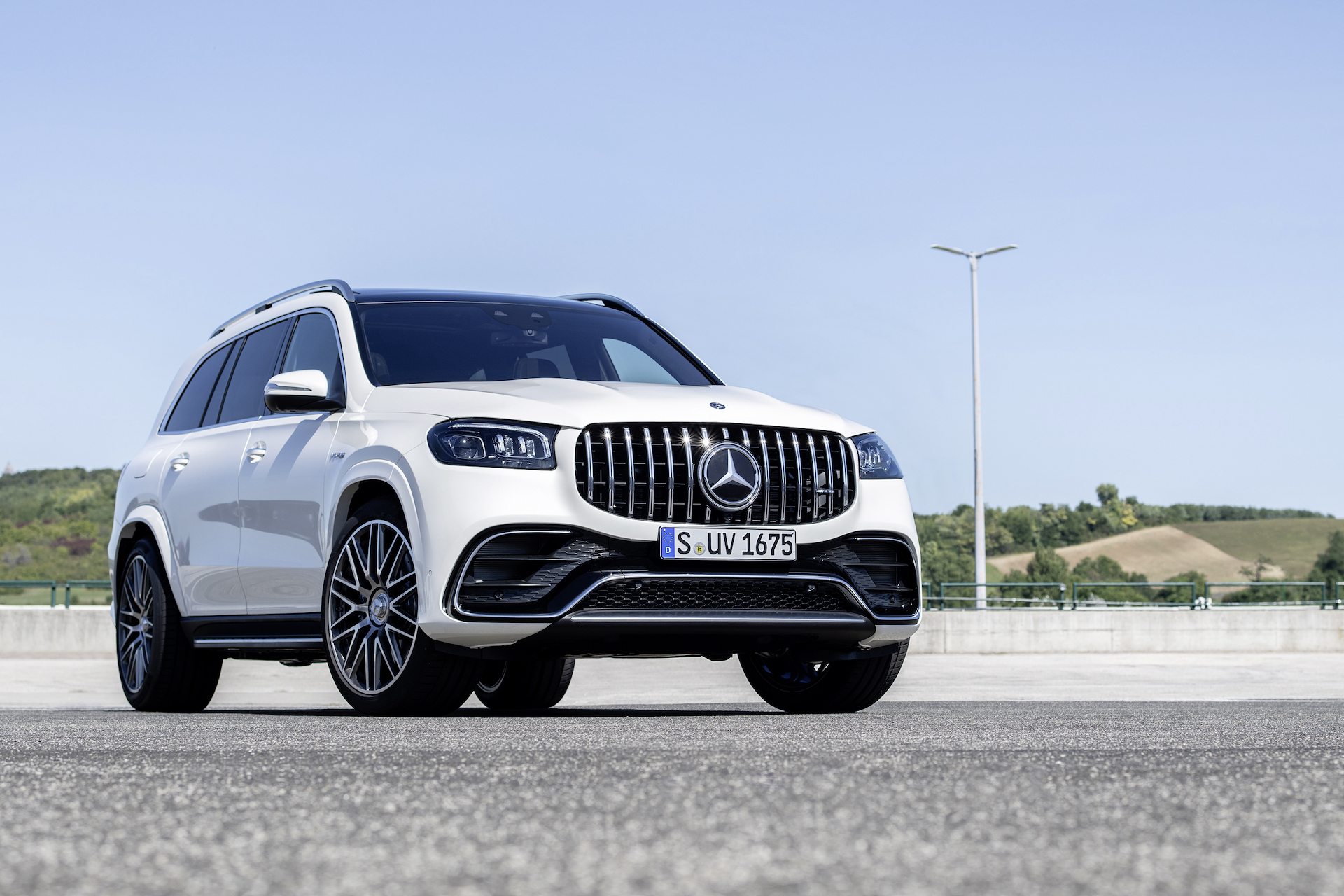
Mercedes S-Class
This car has the same engine as the smaller E-Class, so it’s not surprising that the top diesel S-Class is almost as quick. Since the S-Class is Mercedes’ most high-end saloon, you can understand why it’s a little slower – it’s bigger, has more features, and is packed with advanced technology.
Just like the E-Class, the S 450 d comes with a 367hp inline-six 3.0-litre engine, plus an extra 23hp boost from its mild-hybrid system. That gives a total of 390hp and 750Nm of torque, which is enough to go from 0 to 62mph in 5.0 seconds. That’s very fast for a big luxury saloon that weighs two tonnes.
Because the S 450 d is larger and heavier, it can’t go quite as far as the E 450 d on a full tank – about 50 miles less – but it still manages 646 miles, which is still very impressive.
The S-Class has always been known for being one of the most advanced cars out there, and that hasn’t changed – even with a sporty diesel engine.
The inside of the S 450 d is very fancy, more luxurious than any other Mercedes you can buy. There’s wood and metal detailing all around, and soft leather covers nearly everything.
The mood inside is helped by ambient lighting, and a floating screen in the middle of the dashboard handles most of the car’s features.
There are still a few real buttons, but the screen is used for things like air conditioning and other controls. It’s not always better than buttons, but the advanced level-3 self-driving tech makes driving easier.
The S 450 d sticks to the usual Mercedes design style, unlike the electric EQS which looks very different. It has a classic saloon shape with a straight front grille, a smooth roofline, and a unique-looking boot. Mercedes clearly respects the history of the S-Class and hasn’t tried to change too much.
The headlights and taillights are thinner and sportier than the last version, but the upright badge on the bonnet reminds you this is still one of the top luxury cars you can buy.
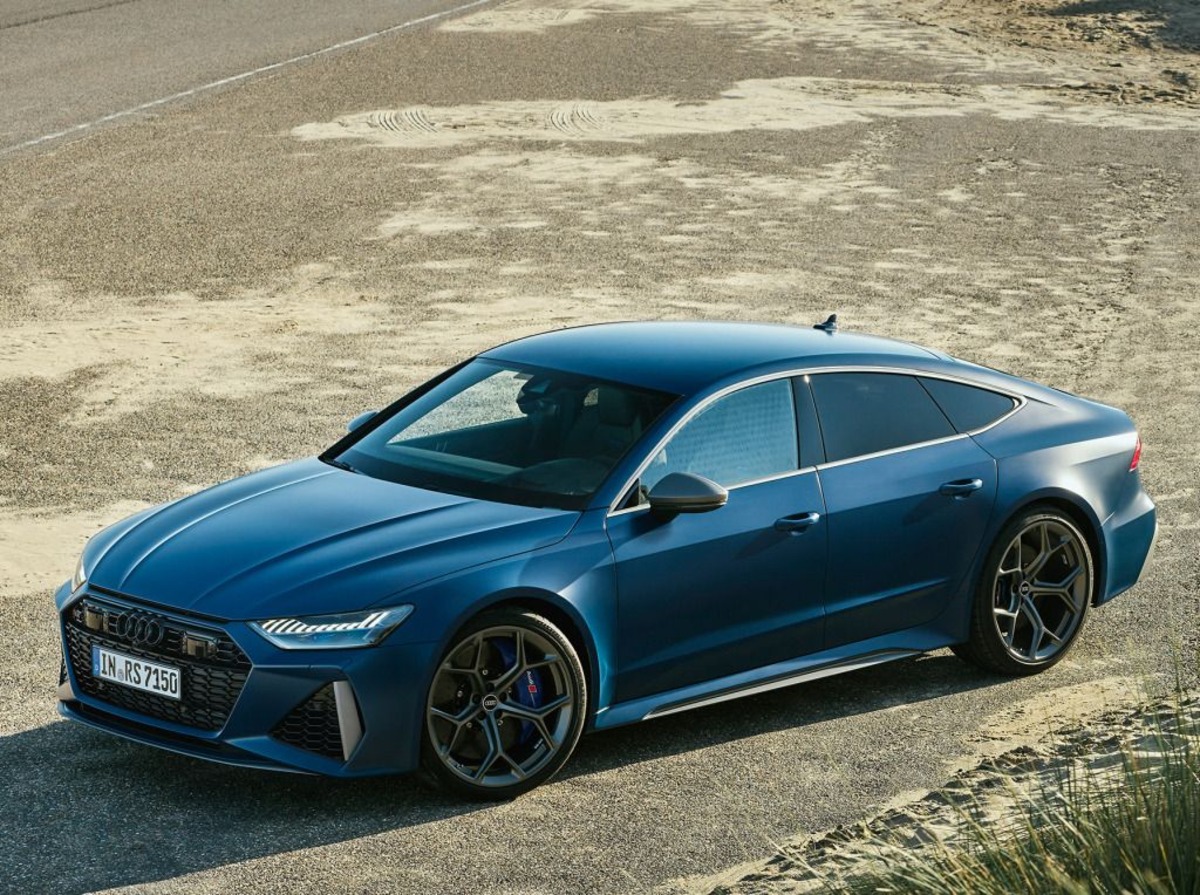
Audi S7 Sportback
When people talk about Audi’s high-performance cars, the RS models usually get all the attention, often making the S models less noticed. The RS7 is a loud and very fast car, but the S7 TDI is something different – it’s the hidden gem of the A7 lineup.
Audi hasn’t followed the trend of using smaller engines in this car. While other brands are moving to four- or six-cylinder engines for their biggest models, Audi has given the S7 a powerful twin-turbocharged 3.0-litre V6.
It has 350hp and 700Nm of torque, with help from a mild-hybrid system and an electric turbo. This means the S7 can reach 62mph in 5.1 seconds and has an electronically limited top speed of 155mph.
With quattro four-wheel drive, the S7 stays steady no matter the weather and has great grip in corners. But that doesn’t mean it feels super sharp, even if you play with the different driving settings.
The S7 weighs almost 2.1 tonnes, but its sporty design hides the size well. The roof slopes down toward the back, and wide rear wheel arches and a sharp body line make it look much more athletic than you’d expect from something so heavy.
Inside, the S7’s cabin is sharp and well-made. The quilted seats are sporty, comfortable, and give good support, adding to a classy interior with a sturdy dashboard and either aluminium or carbon fibre trim to match the sporty feel.
The driver has a 12.0-inch digital display, and the centre has two screens: a 10.0-inch one for infotainment and a 9.0-inch one for controlling air con and seat functions. They can be tricky to use sometimes, and real buttons would be simpler.
There’s a 525-litre boot with a liftback tailgate, which makes it easy to load big items. But if you need more room for larger, boxy stuff that won’t fit under the S7’s sloping roof, the S6 Avant is another option. It’s the same car underneath, but shaped more like a classic estate with a bigger boot.
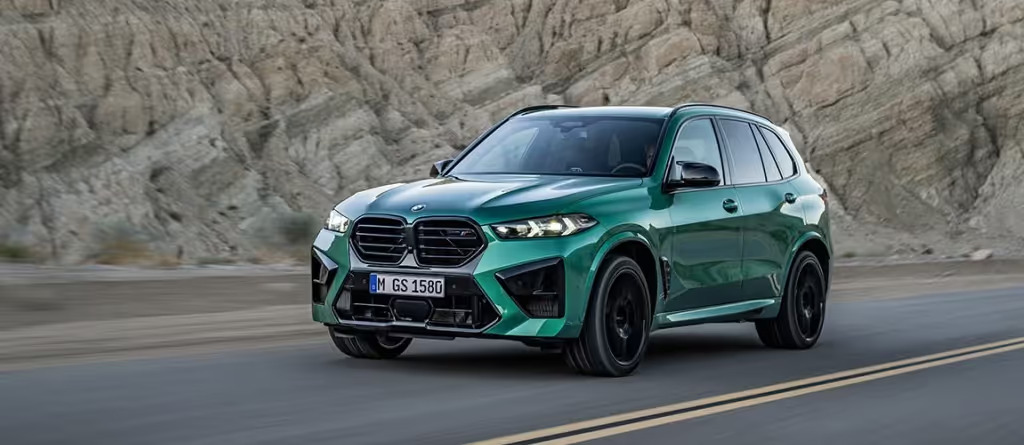
BMW X5
It might seem odd that the fourth fastest diesel car you can buy in the UK is a family SUV, but with improvements in engine performance and technology, it makes sense that bigger cars are starting to catch up with smaller ones.
The BMW X5 was the first SUV to mix strong performance with luxury when it came out in 1999. At that time, BMW was still focused on making cars fun to drive, and the X5 has kept that image ever since.
The xDrive 40d version has a 352hp inline-six engine, 720Nm of torque, and a 12hp electric boost. It can go from 0 to 62mph in just 5.5 seconds. That’s very quick for a car of its size, and it can still return about 37mpg in official tests.
Because it’s a BMW, it’s fun to drive, especially in sport mode, which makes the steering and other controls feel more responsive. The inside of the X5 is neat and classy, with high-quality materials and a stylish double-screen layout. The car still has physical buttons for the air conditioning and music, which are easy to use.
The outside of the X5 looks strong and smart too, with sharp lines and the classic kidney grilles that haven’t grown too large like on some other BMWs. On top of all that, the X5 has a huge 650-litre boot, making it a solid choice for families. If you want something with a sleeker shape, the BMW X6 xDrive 40d is another option.
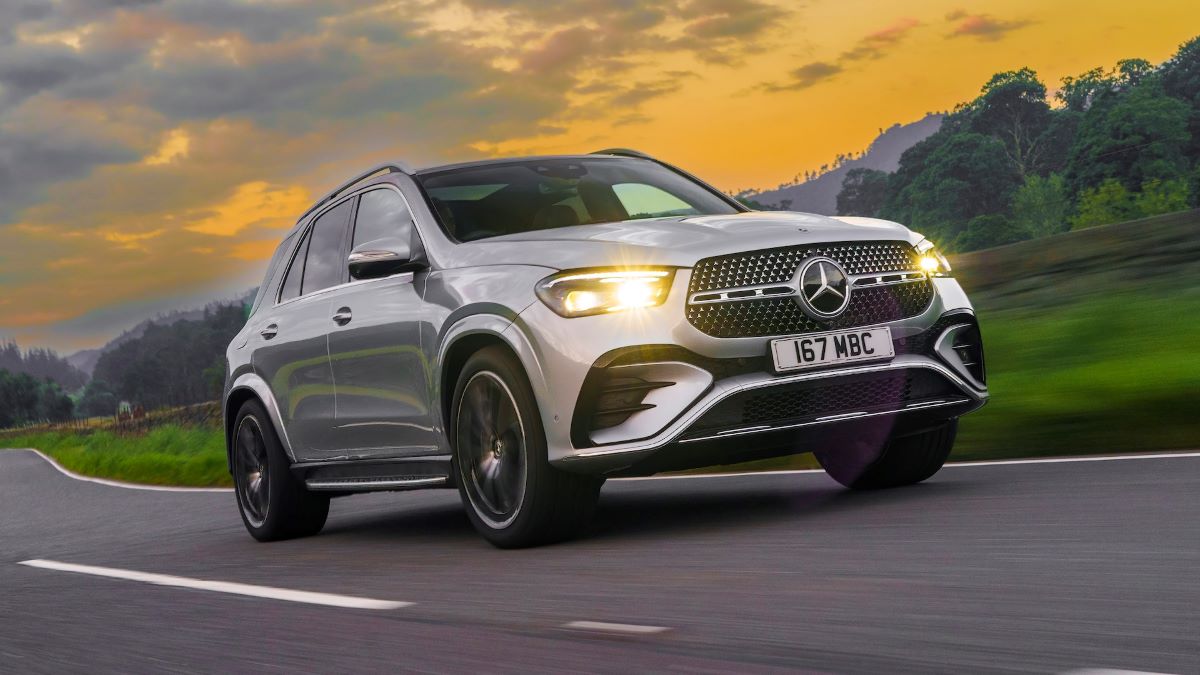
Mercedes GLE
While the GLE 450 d isn’t as quick as the smaller and lighter E and S-Class versions that use the same engine, it’s still impressive how fast it is for such a heavy car.
The 3.0-litre inline-six engine and mild-hybrid system together make 390hp and 750Nm of torque. This allows the GLE 450 d to reach 62mph in 5.6 seconds. Because the car is heavier, it uses more fuel, so it only gets about 35mpg.
Still, what the GLE gives up in fuel use, it makes up for in comfort and space. While the BMW X5 feels more sporty and sharp, the GLE has a rounder shape and a more elegant feel. The softer curves and smooth design are very Mercedes, and the same style continues on the inside.
Like the S-Class, the GLE is full of leather and wood, giving it a fancy look and feel. But it also has some fresh design touches, like eye-catching air vents and two big curved screens – one for infotainment and one for the driver’s display.
The seats are very soft and comfortable, and the steering is light, making the GLE easy to handle in town and smooth to drive on longer motorway journeys. It might not be as quick or easy to park as the E-Class, but if you prefer sitting up high, the GLE is a great option. You can choose it as a standard SUV or in a more Coupe-like shape.
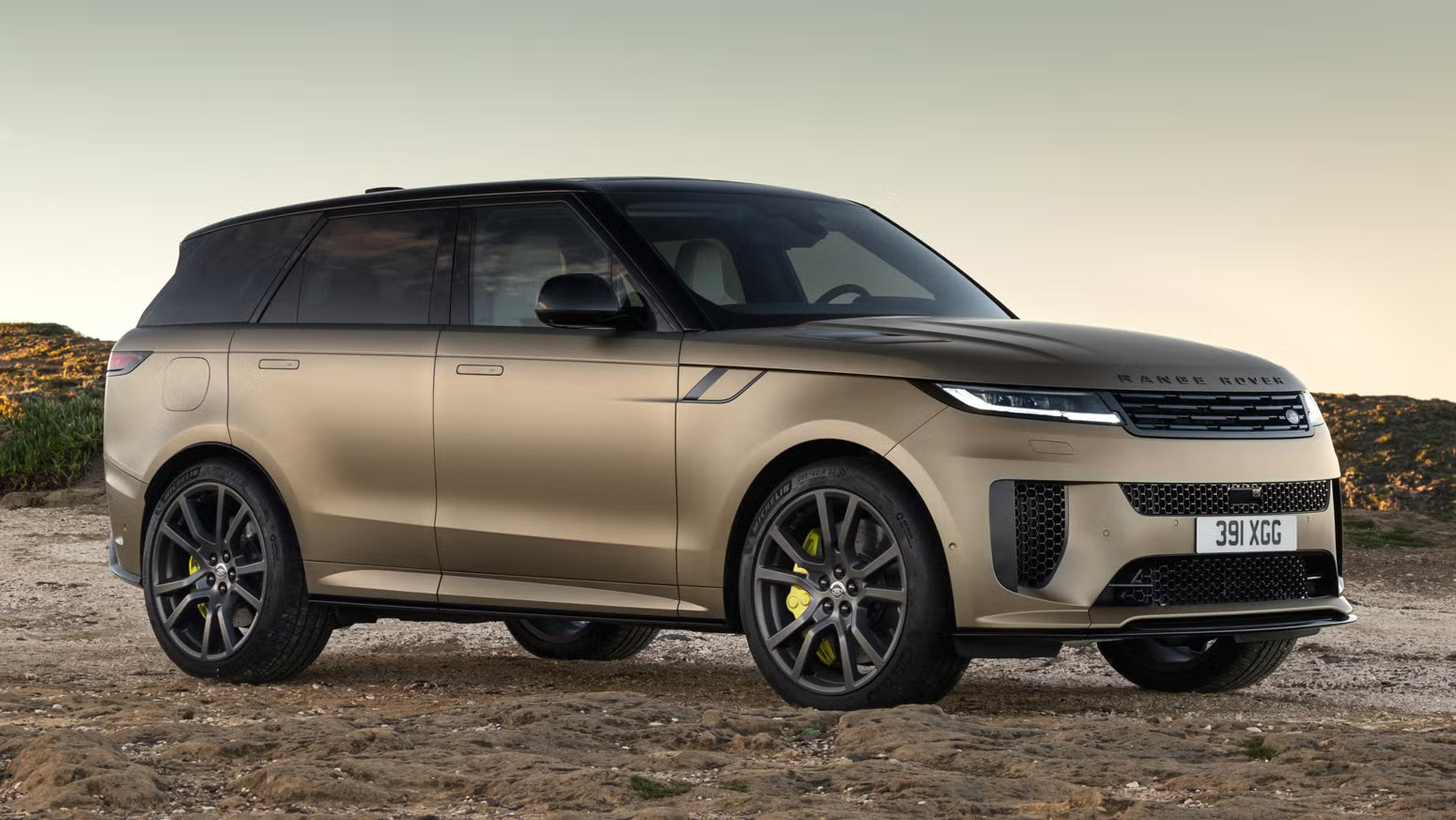
Range Rover Sport
The Range Rover Sport has always had a bit of a surprising mix for an SUV. People might wonder how a Range Rover can be sporty. But with clever suspension settings, a more stylish shape, and a strong engine, it manages to be just that.
Under its tall bonnet, the Range Rover Sport has a 3.0-litre, 350hp inline-six turbocharged engine. It has 700Nm of torque and four-wheel drive. Even though it weighs nearly 2.5 tonnes, it can go from 0 to 62mph in 5.8 seconds and reach a top speed of 145mph.
The Range Rover Sport D350 still gives back about 38mpg, which is impressive for such a heavy, square-shaped SUV, helped by its mild-hybrid system.
On twisty roads, it doesn’t handle quite as well as cars like the BMW X5 or Porsche Cayenne, but it’s still enjoyable to drive if you’re not pushing it too far. It strikes a good balance between sporty handling and comfort—not as soft as the bigger Range Rover, but smoother on the highway than some other choices.
The look of a Range Rover is already well known, and the latest Sport model adds more stylish changes to the classic shape. Slim headlights and wider taillights that stretch across the back make this version stand out even more.
The inside keeps the familiar Range Rover feel but improves on quality and detail compared to older Sport models. There’s a new and sleek infotainment system, comfortable seats, and a huge 835-litre boot, making the Sport both good-looking and useful.
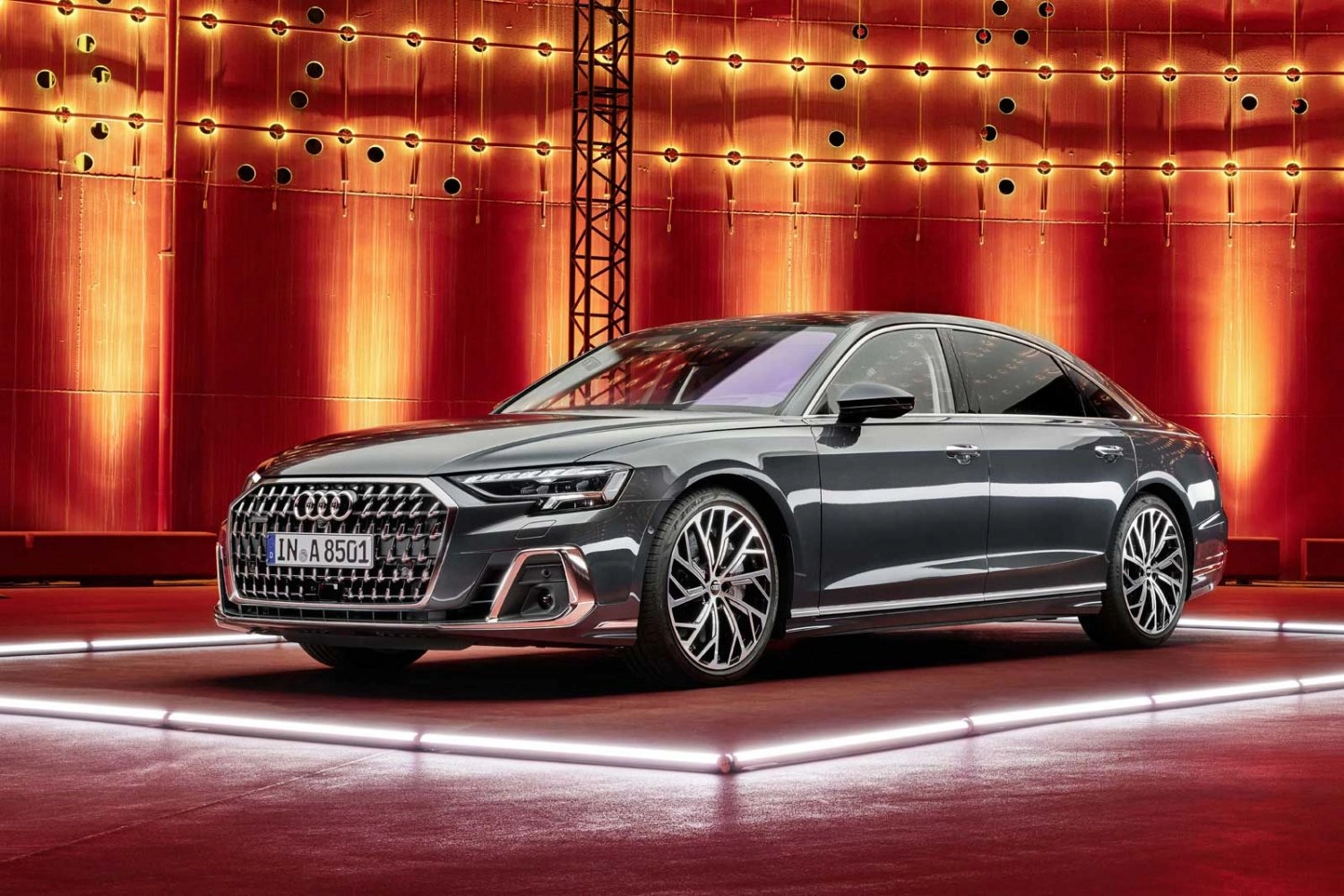
Audi A8
Breaking up the number of SUVs is the Audi A8 50 TDI, which is Audi’s quick diesel rival to the well-known Mercedes S-Class. It isn’t as fast as the Audi S7, but the A8 is Audi’s top luxury model – meant for smooth and relaxed driving, not fast cornering.
Still, the A8 50 TDI has a 3.0-litre V6 engine with 290hp and 600Nm of torque. It can go from 0 to 62mph in 5.9 seconds and has a top speed of 155mph. That’s not bad at all for a big car built for comfort, even though it doesn’t feel as sporty as Audi’s RS models.
It’s still enjoyable in corners because of its adjustable air suspension, and it doesn’t feel as big to drive as its size might suggest. The A8 is best on the motorway or in city driving, where the suspension smooths out bumps and rough roads.
The S-Class does a slightly better job at keeping road noise out, but not by much. The inside of the A8 is very well made. There are three screens across the dashboard—two in the centre for infotainment and climate control, and one for the driver’s information.
Besides all the technology, there’s lots of high-quality leather, and the seats are very comfortable. The boot is smaller than the one in the S-Class, with just 505 litres of space.
On the outside, the A8’s design isn’t as well-matched as some others. It still looks classy, but the front grille is a bit too large and boxy. The light bar across the back looks great though, and the front end has a bold, strong appearance.
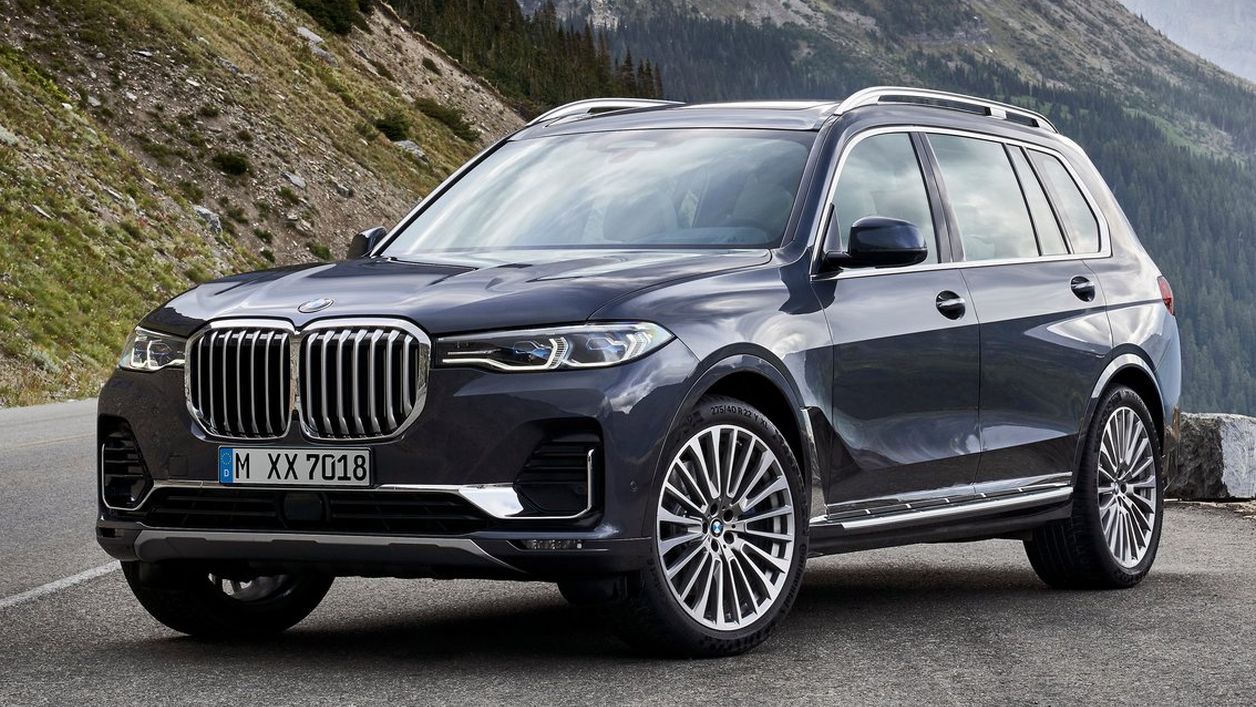
BMW X7
Even though it might not look like it, and you might not be a fan of how it looks, BMW’s huge seven-seater X7 is much better to drive than you might expect. Even with its massive size, it still comes from BMW’s sporty background.
It uses the same twin-turbocharged 3.0-litre engine as the X5 M40d, producing 352hp and 720Nm of torque. It goes from 0 to 62mph in 5.9 seconds. That’s very quick for a car this large – almost like a house on wheels.
The X7 isn’t just fast in a straight line. It’s genuinely fun to drive on winding roads too, unless the road is so narrow that the size of the X7 becomes a problem. The large size is both helpful and difficult – it offers lots of space but feels too big for tight streets and narrow lanes. Still, it’s very comfortable inside.
The dashboard has BMW’s dual-screen setup on top, with lots of leather, shiny metal, and glossy black trim wherever you look or touch. In the back, it has two foldable seats that adults can sit in comfortably on longer trips. If you fold them away, you get a massive 750-litre boot.
The outside design of the X7 is a bit more mixed in opinion. But if you like big and bold styles, then the X7 might be perfect for you.
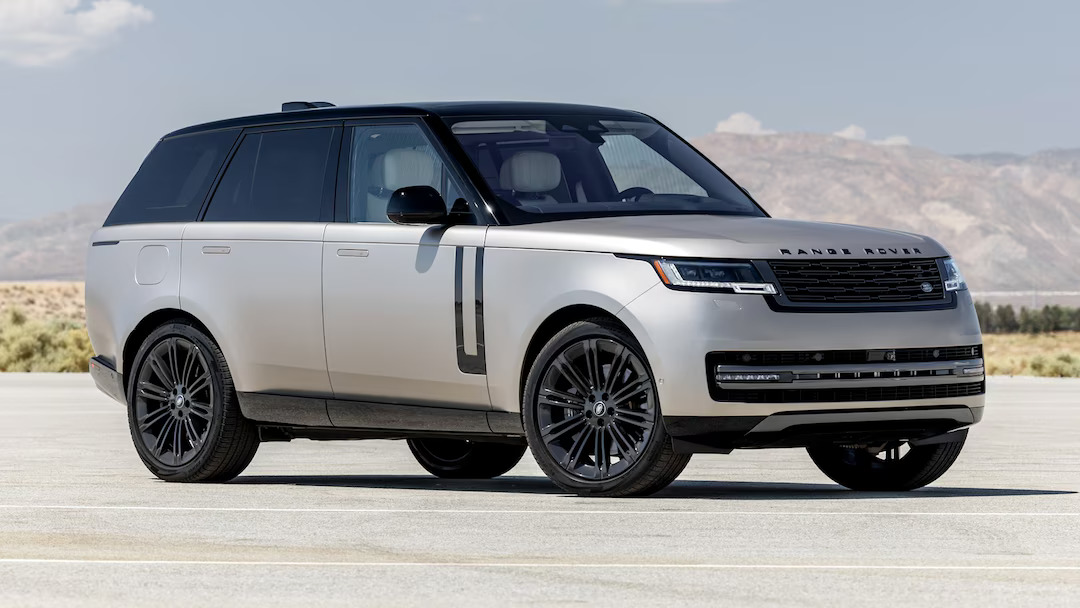
Range Rover
By now, it’s clear that the Range Rover is very different from the tough, off-road vehicle it used to be. That doesn’t mean it’s not still capable off-road—it’s better than ever at that—but today it’s mostly a super-luxury car made for the city. It’s pretty fast too.
It comes with the same D350 engine and drivetrain as the smaller Range Rover Sport, though it’s a bit slower because it’s heavier. This is the heaviest car in this list, but it still gets from 0 to 62mph in 6.0 seconds with the help of 350hp and 700Nm of torque.
Even though it can move quickly, the Range Rover isn’t made for speeding around tight corners or narrow backroads. At over five metres long and two metres wide, it’s a very big vehicle.
That size makes it very roomy inside, with plenty of headroom in the front and back. You can even choose a long-wheelbase version that comes with seven seats if you need to carry six passengers in comfort.
The interior is extremely high quality, with soft and fancy materials almost everywhere you look and touch. A wide new infotainment screen appears to float above a leather-covered dashboard, and there are real buttons below it for controlling the air conditioning.
The outside of the Range Rover is just as impressive. It’s much more stylish than older versions, with cool features like hidden taillights and door handles that pop out. It’s one of the most polished luxury SUVs you can buy today.
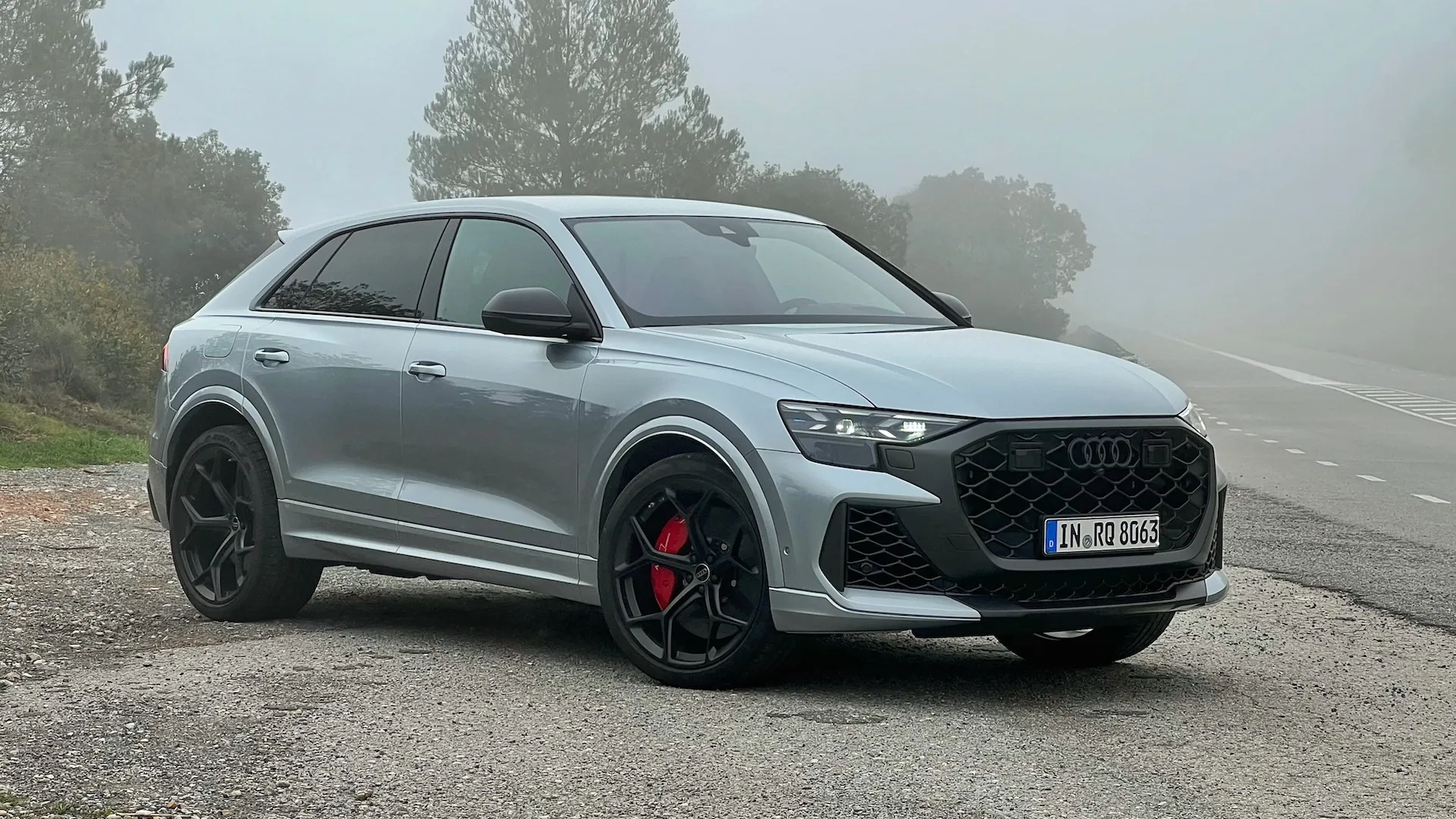
Audi Q8
The Q8 is Audi’s most premium SUV; it’s a coupe-style version of the Q7 and shares some parts underneath with the Lamborghini Urus and Bentley Bentayga. The Q8 doesn’t have the same high price tag, but that doesn’t mean it’s a lesser car compared to its very expensive relatives.
In 50 TDI form, the Q8 uses a 3.0-litre V6 engine that produces 282hp and 600Nm of torque. While that might be lower than many others on this list, it still lets the Q8 go from 0 to 62mph in 6.1 seconds.
The Q8 has a bold design, with sharp headlights, a large and aggressive front grille, and wide wheel arches. The Q7 already stands out, but the Q8 goes even further when it comes to making a strong impression on the road.
Also Read: 10 Cars Great for Road Trips and 10 Cars to Avoid
The sloping roof adds a sporty touch and leads to a sharp-looking rear.
Even though the roof slopes down, the Q8 still has a roomy interior. Four adults can sit comfortably, though very tall passengers might find the back a bit tight. In the front, it has the same three-screen setup for infotainment as the A8 luxury sedan, and the interior feels well-built and nice to look at.
It’s not designed for racing, but with Quattro four-wheel drive and big tyres, the Q8 feels very steady, even when driving through bends or during bad weather.

